Knowing the distinction between mono and stereo audio is important for audio content to give listeners an engaging experience.
Mono audio uses a single channel to aggregate all sounds, whereas stereo audio uses two channels to provide depth and separation. The choice of mono or stereo audio can have a significant impact on the overall quality and efficacy of your content.
Mono vs Stereo Audio: What is the mono audio
Mono audio is a type of audio where all sounds are mixed together and played through one speaker or channel. The same audio signal is played simultaneously across all speakers or audio outputs in mono audio.
This means that all audio parts are heard the same way. It doesn't matter where the listener is or how they see things. Early audio systems and recordings extensively employed mono audio due to technical restrictions and the requirement for simplicity.
It was widely found in radio broadcasts, early phonograph recordings, and vintage audio equipment. While mono audio lacks the spatial depth and separation given by stereo audio, it might nevertheless be useful in some situations.
Mono audio has the advantage of being compatible and consistent across multiple playback systems. Because mono audio only uses one channel, the audio will sound the same regardless of the number or configuration of speakers.
Mono audio is often used for content-focused purposes like news, podcasts, and audiobooks.
On the other hand, mono audio lacks the immersive and realistic experience that comes from sound separation when compared to stereo audio. However, stereo audio comes with two distinct audio channels to create a more dynamic and multidimensional soundscape.
Mono vs Stereo Audio: What is the stereo audio
Stereo audio is a multi-channel audio format that employs two distinct audio channels to give the illusion of spatial depth and separation.
It uses separate channels for different sounds, making the listening experience more realistic and immersive compared to mono audio.
There are two channels for the stereo audio, one for the left side and one for the right side. Each channel produces a distinct audio signal for its respective side of the sound. This allows the listener to perceive sounds coming from multiple directions, giving the audio playback a sensation of width and depth.
Stereo audio can precisely represent the way sound is heard in real-life contexts by utilizing spatial separation. It improves the overall quality and realism of the audio content by incorporating components like panning effects and spatial imaging.
Compared with mono audio, stereo audio gives a more rich and dynamic depiction of sound. It helps people hear where sounds are coming from and how they are moving, making the audio experience more immersive.
Good speaker placement or using headphones is important for accurate perception of desired spatial effects in stereo audio.
Mono vs Stereo Audio: What are the differences
The primary distinction between stereo and mono audio is the number of audio channels employed, as well as the ensuing sound experience.
Mono is a type of audio format where all sounds are mixed together and played through one speaker or audio channel. Stereo audio uses two different audio channels to provide a feeling of depth, separation, and spatial location of sound sources.
All audio elements are blended into a single channel in mono audio, resulting in a consistent sound experience. The perception of all sounds remains consistent regardless of the listener's location or viewpoint.
Due to technical restrictions and simplicity, mono audio was often employed in early audio systems and recordings. It is still used today when different playback platforms need to collaborate and function together.
Stereo audio provides a more immersive and realistic listening experience. It generates a sense of directionality and spatial depth by assigning different audio elements to separate left and right channels.
This enables listeners to detect sounds coming from many directions, simulating how sound is perceived in the actual world. Stereo audio enhances audio quality in music, films, video games, and virtual reality, making it very useful.
Mono vs Stereo Audio: Which one you should go for
The precise context and aims of the audio material determine whether mono or stereo audio is superior. Mono audio is simple and can be used in situations when the attention is simply on the information. It ensures that the listening experience is consistent regardless of the playback system.
The stereo sound makes things sound more real and immersive by creating depth and separating sounds.
Stereo audio boosts the overall quality of the information by adding richness, detail, and a sense of presence. Finally, you determine the choice between mono and stereo audio based on the intended purpose and desired impact.
Both sorts of audio serve a purpose. And both have features that, if used correctly, can improve your listening experience and recordings.


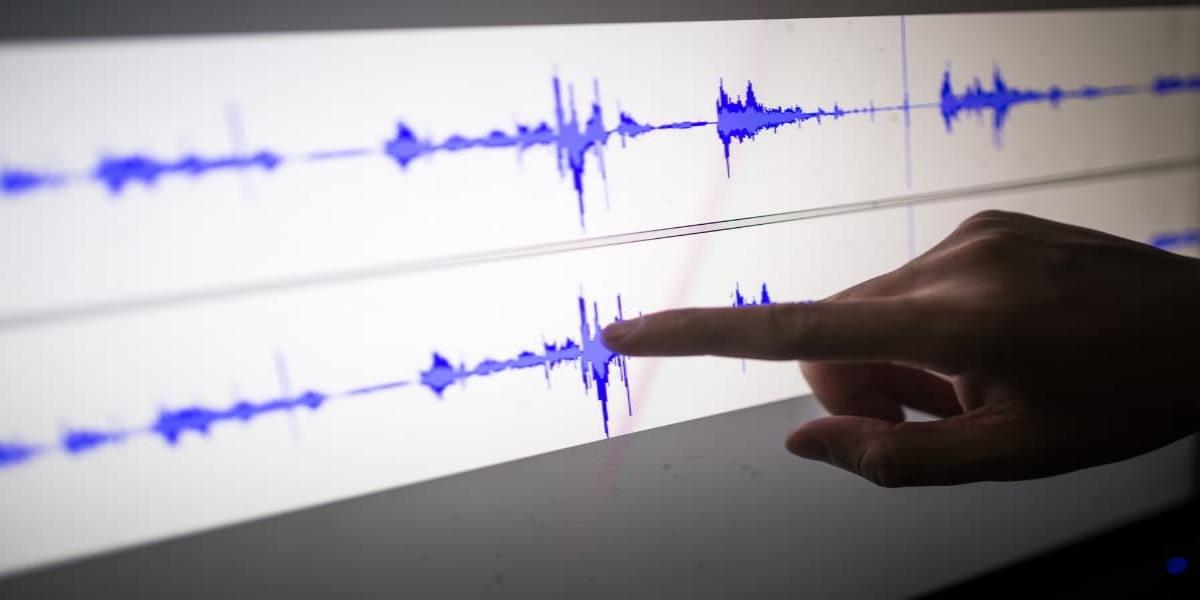
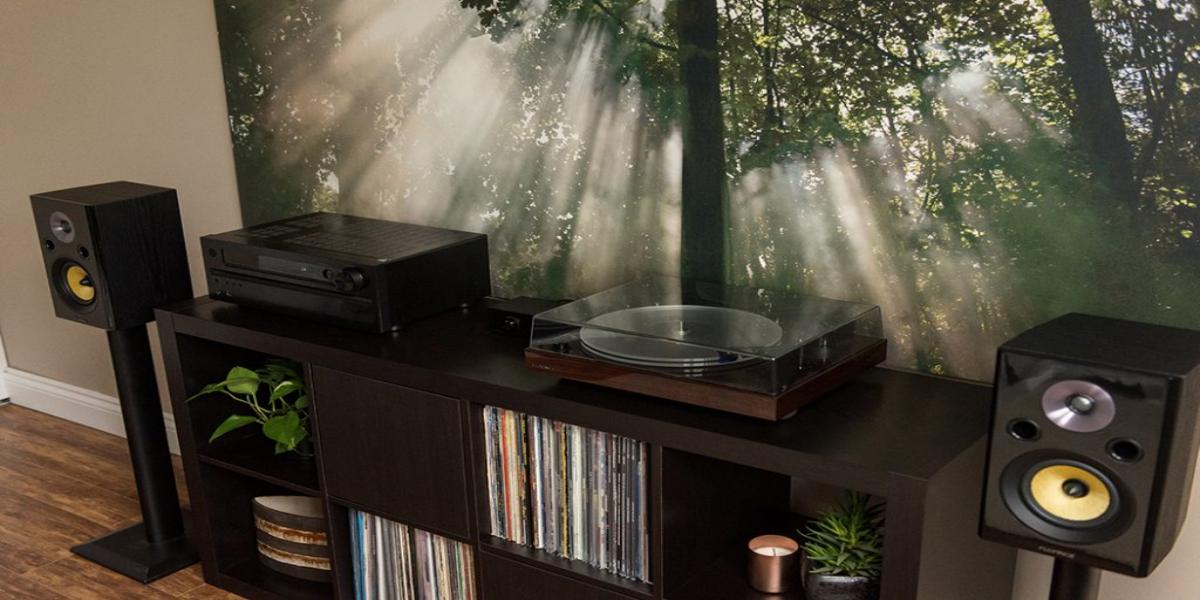
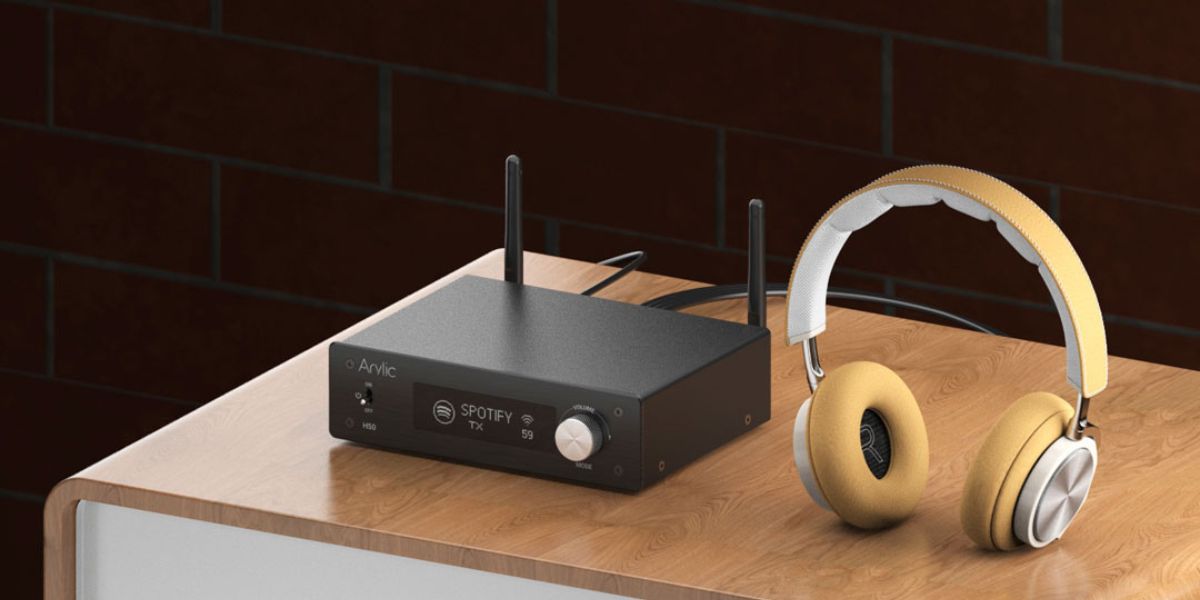
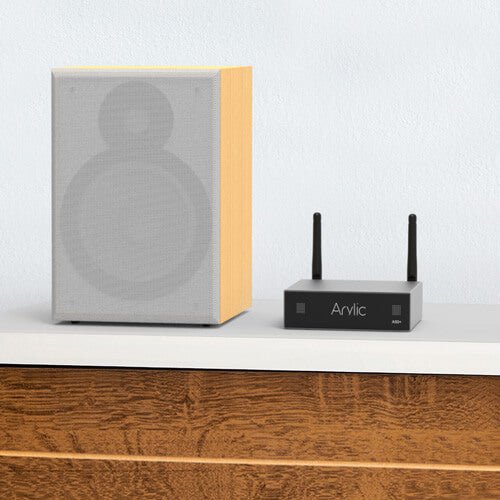
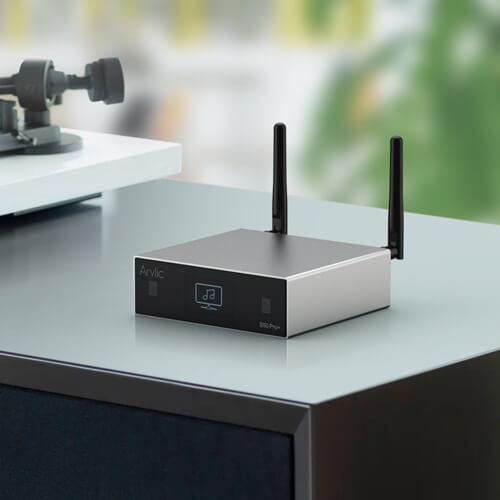
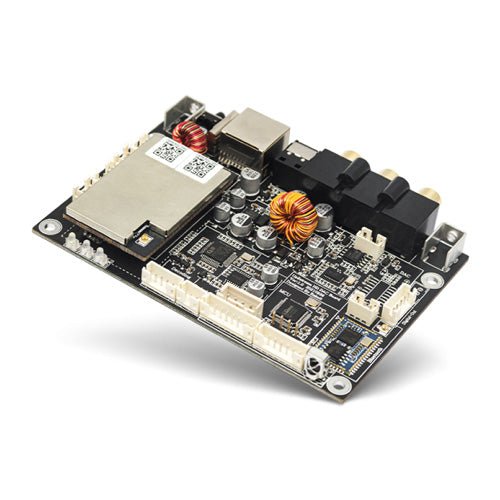


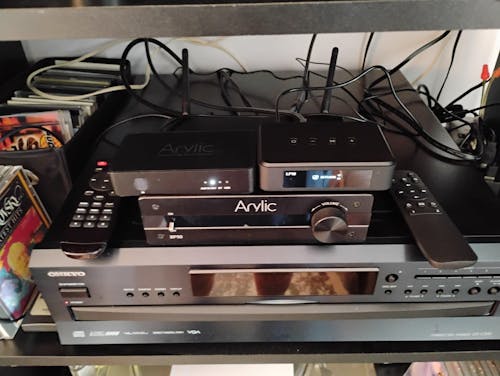
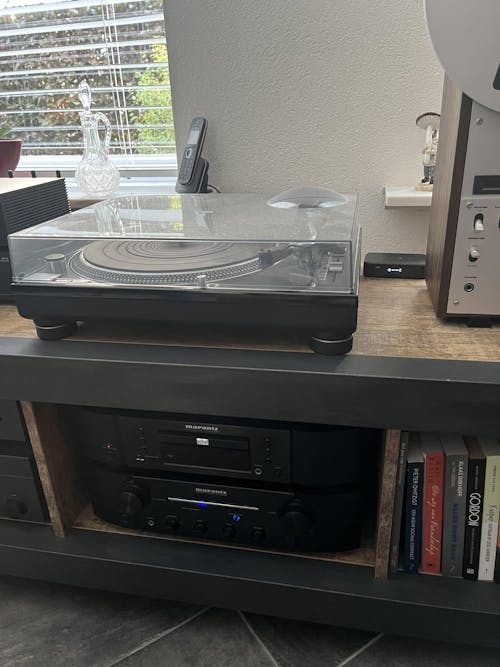





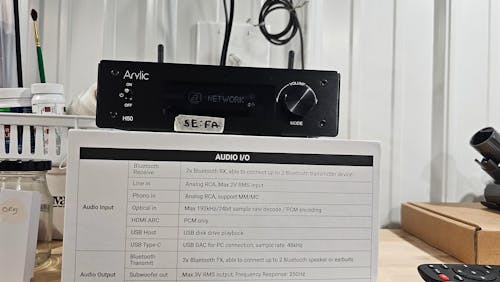
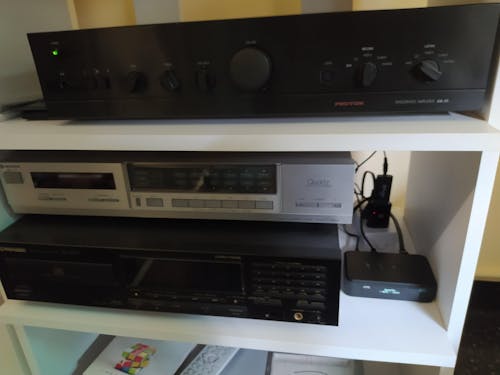
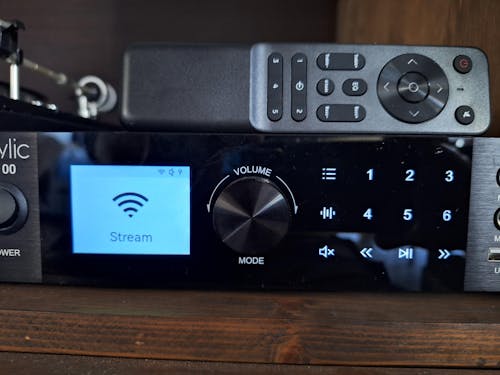
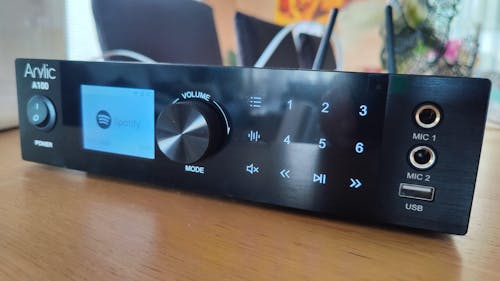


Leave a comment
All comments are moderated before being published.
This site is protected by hCaptcha and the hCaptcha Privacy Policy and Terms of Service apply.